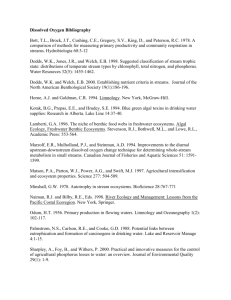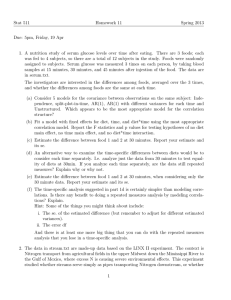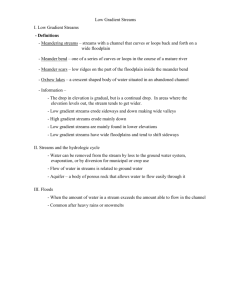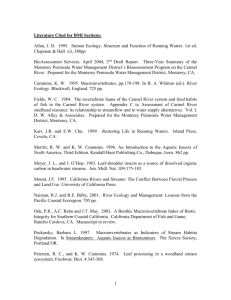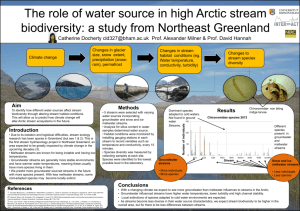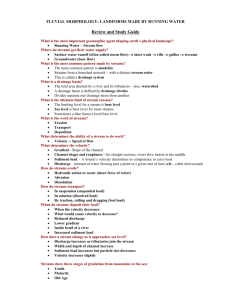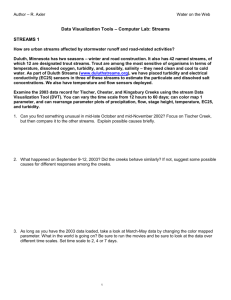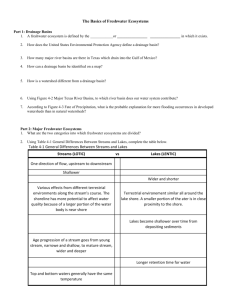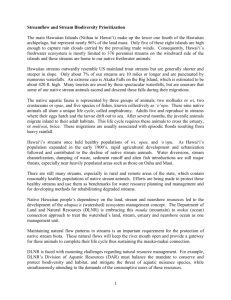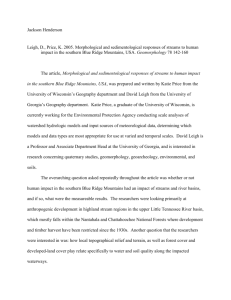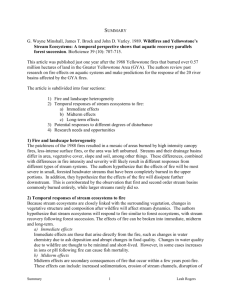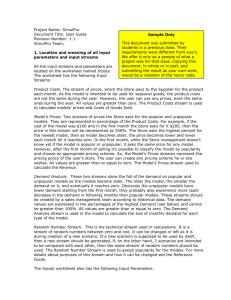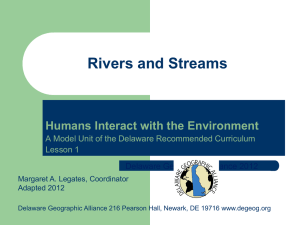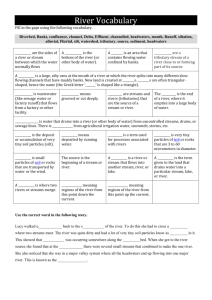Abstract
advertisement
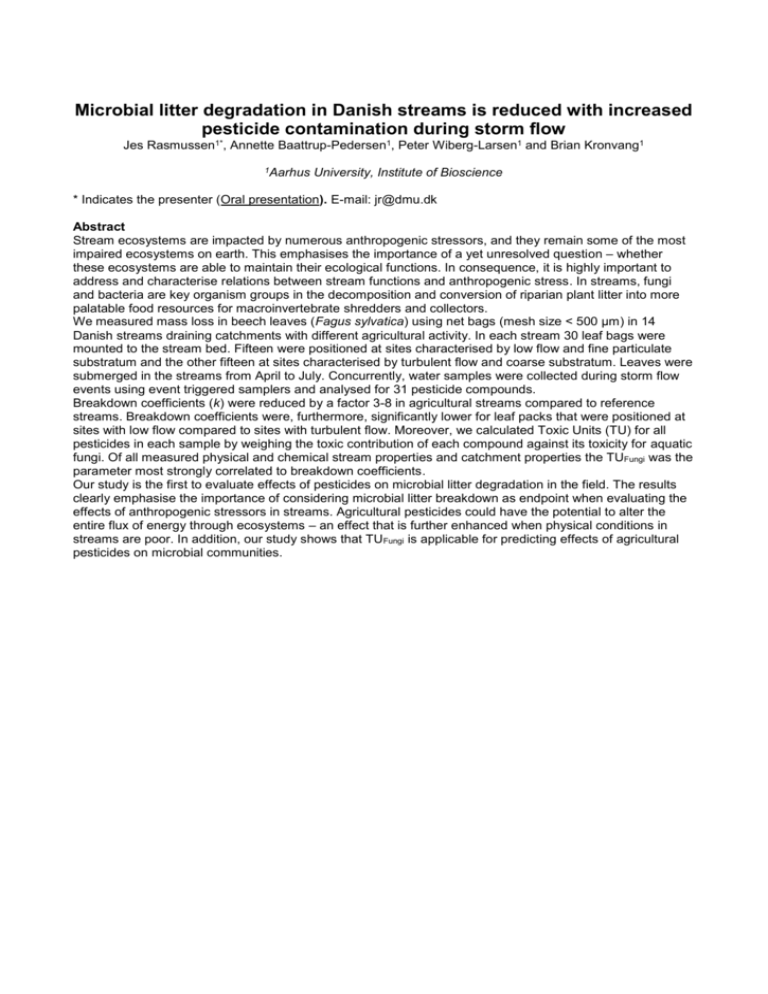
Microbial litter degradation in Danish streams is reduced with increased pesticide contamination during storm flow Jes Rasmussen1*, Annette Baattrup-Pedersen1, Peter Wiberg-Larsen1 and Brian Kronvang1 1Aarhus University, Institute of Bioscience * Indicates the presenter (Oral presentation). E-mail: jr@dmu.dk Abstract Stream ecosystems are impacted by numerous anthropogenic stressors, and they remain some of the most impaired ecosystems on earth. This emphasises the importance of a yet unresolved question – whether these ecosystems are able to maintain their ecological functions. In consequence, it is highly important to address and characterise relations between stream functions and anthropogenic stress. In streams, fungi and bacteria are key organism groups in the decomposition and conversion of riparian plant litter into more palatable food resources for macroinvertebrate shredders and collectors. We measured mass loss in beech leaves (Fagus sylvatica) using net bags (mesh size < 500 μm) in 14 Danish streams draining catchments with different agricultural activity. In each stream 30 leaf bags were mounted to the stream bed. Fifteen were positioned at sites characterised by low flow and fine particulate substratum and the other fifteen at sites characterised by turbulent flow and coarse substratum. Leaves were submerged in the streams from April to July. Concurrently, water samples were collected during storm flow events using event triggered samplers and analysed for 31 pesticide compounds. Breakdown coefficients (k) were reduced by a factor 3-8 in agricultural streams compared to reference streams. Breakdown coefficients were, furthermore, significantly lower for leaf packs that were positioned at sites with low flow compared to sites with turbulent flow. Moreover, we calculated Toxic Units (TU) for all pesticides in each sample by weighing the toxic contribution of each compound against its toxicity for aquatic fungi. Of all measured physical and chemical stream properties and catchment properties the TUFungi was the parameter most strongly correlated to breakdown coefficients. Our study is the first to evaluate effects of pesticides on microbial litter degradation in the field. The results clearly emphasise the importance of considering microbial litter breakdown as endpoint when evaluating the effects of anthropogenic stressors in streams. Agricultural pesticides could have the potential to alter the entire flux of energy through ecosystems – an effect that is further enhanced when physical conditions in streams are poor. In addition, our study shows that TUFungi is applicable for predicting effects of agricultural pesticides on microbial communities.

